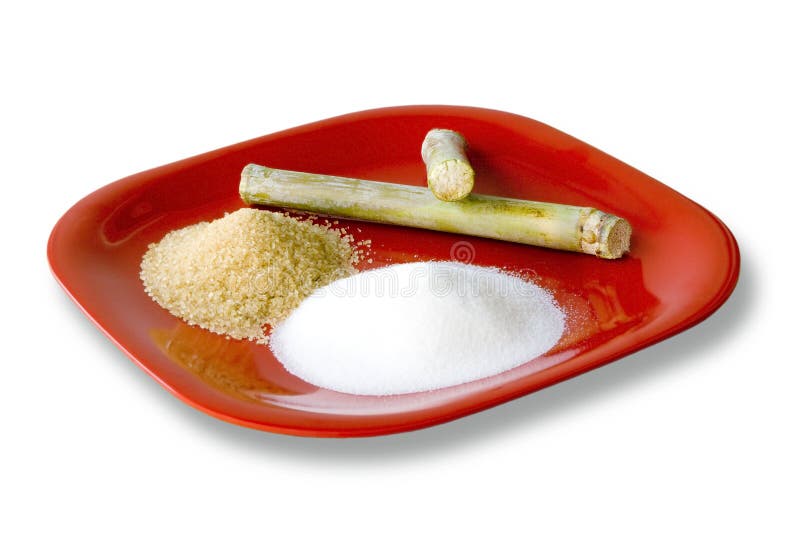The Growing Popularity of Sugarcane Product in the Cruelty-Free and Plant-Based Markets
The Growing Popularity of Sugarcane Product in the Cruelty-Free and Plant-Based Markets
Blog Article
The Trip of Sugarcane: From Harvest to Everyday Products
The trip of sugarcane is a multifaceted procedure that begins with precise growing and finishes in a selection of items that permeate our everyday lives. As we explore the numerous facets of sugarcane's trip, its role in sustainability and the more comprehensive effects for our atmosphere come into sharper emphasis.
Farming of Sugarcane
The growing of sugarcane is a crucial agricultural process that calls for certain environmental conditions and management practices. Optimal growth takes place in exotic and subtropical regions where temperatures vary between 20 ° C and 32 ° C. Adequate rainfall or irrigation is important, as sugarcane flourishes in damp soil with well-drained problems (sugarcane product). Dirt high quality dramatically influences yield; thus, farmers typically perform dirt tests to establish nutrient needs
This technique assists in reliable harvesting and maximizes sunshine direct exposure. Plant turning and intercropping are suggested practices to improve soil fertility and reduce insect invasions.
Timely application of these plant foods can substantially improve sugar yields. On the whole, successful sugarcane farming pivots on a combination of environmental stewardship, critical planning, and recurring administration practices.
Gathering Techniques
Effective sugarcane growing culminates in the harvesting stage, which is crucial for maximizing return and making certain quality. The timing of the harvest is essential; sugarcane is usually gathered when sucrose degrees top, generally between 10 to 18 months after planting. This duration differs based upon climate, soil type, and sugarcane variety.
Harvesting strategies can be broadly categorized right into manual and mechanical approaches. Manual harvesting is labor-intensive, depending on proficient employees that utilize machetes to cut the stalks close to the ground. This technique enables careful harvesting, where only the ripest walking sticks are chosen, thereby improving general sugar material.
Alternatively, mechanical harvesting has obtained appeal because of its performance and cost-effectiveness. Specialized harvesters equipped with reducing blades and conveyor systems can process big areas swiftly, considerably reducing labor costs. This approach might lead to the incorporation of immature walking sticks and a potential reduction in sugar high quality.

No matter of the approach utilized, guaranteeing that gathered walking canes are delivered quickly to processing centers is vital. Prompt dealing with minimizes spoilage and maintains the integrity of the sugarcane, setting the phase for ideal processing.
Handling Approaches
Handling sugarcane involves several critical actions that change the collected stalks into useful products, mostly sugar and molasses. The first phase is washing the cane to eliminate soil and debris, complied with by the extraction of juice with squashing or milling. This process commonly uses heavy rollers that break the walking cane fibers to launch the pleasant fluid included within.
Once the juice is drawn out, it goes through explanation, where click to investigate pollutants such as dirt fragments and bagasse are removed. This is commonly attained by including lime and heating up the juice, permitting look at here now sedimentation. The cleared up juice is after that concentrated through evaporation, where water content is lowered, leading to a thick syrup.

Inevitably, the processing of sugarcane not only creates sugar and molasses but additionally prepares for numerous derivatives, which will certainly be explored in succeeding discussions.
Products Derived From Sugarcane
Sugarcane is a versatile crop that yields a wide variety of products past just sugar and molasses. Among the key by-products are ethanol and biofuels, which have actually gained prominence as renewable resource resources. Ethanol, generated with the fermentation of sugarcane juice, works as an alternate to fossil gas and is frequently mixed with fuel to produce cleaner-burning fuels, minimizing greenhouse gas exhausts.
Furthermore, sugarcane is a significant resource of bagasse, the fibrous deposit remaining after juice removal. Bagasse is utilized in various applications, consisting of the manufacturing of paper, naturally degradable packaging, and as a biomass gas for power find here generation. Its use not just lowers waste yet additionally boosts the sustainability of sugarcane processing.
Moreover, sugarcane-derived items encompass the food market, where it serves as an all-natural flavoring representative and sugar in numerous cooking applications. In the world of cosmetics, sugarcane removes are incorporated into skincare products as a result of their natural exfoliating residential or commercial properties.
Environmental Influence and Sustainability
The cultivation and processing of sugarcane have substantial ramifications for ecological sustainability. This crop needs considerable water sources, often causing exhaustion of neighborhood water materials and influencing bordering ecosystems. In addition, the use of plant foods and chemicals in sugarcane farming can cause soil degradation and river air pollution, positioning threats to biodiversity.

Lasting sugarcane farming also promotes soil wellness via crop rotation and reduced tillage, boosting carbon sequestration. The adoption of these methods not just sustains ecological honesty however likewise enhances the durability of farming communities versus climate modification.
Final Thought
In recap, the trip of sugarcane includes various stages from growing to processing, ultimately causing a large range of items. The importance of sugarcane expands beyond plain sweeteners, contributing to eco-friendly energy with ethanol production, lasting product packaging via bagasse, and all-natural essences for cosmetics. This multifaceted plant plays a crucial duty in both nutritional enrichment and environmental sustainability, highlighting its importance in modern agricultural and industrial methods.
Successful sugarcane farming culminates in the gathering phase, which is pivotal for taking full advantage of yield and guaranteeing high quality. The timing of the harvest is crucial; sugarcane is usually gathered when sucrose levels optimal, normally in between 10 to 18 months after growing.Handling sugarcane includes a number of crucial steps that transform the collected stalks into functional products, largely sugar and molasses.Sugarcane is a versatile plant that produces a broad selection of items beyond simply sugar and molasses. In addition, the usage of plant foods and chemicals in sugarcane farming can result in soil deterioration and river pollution, posturing risks to biodiversity.
Report this page